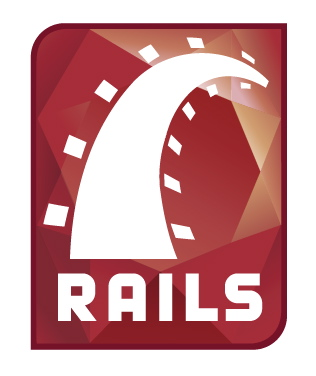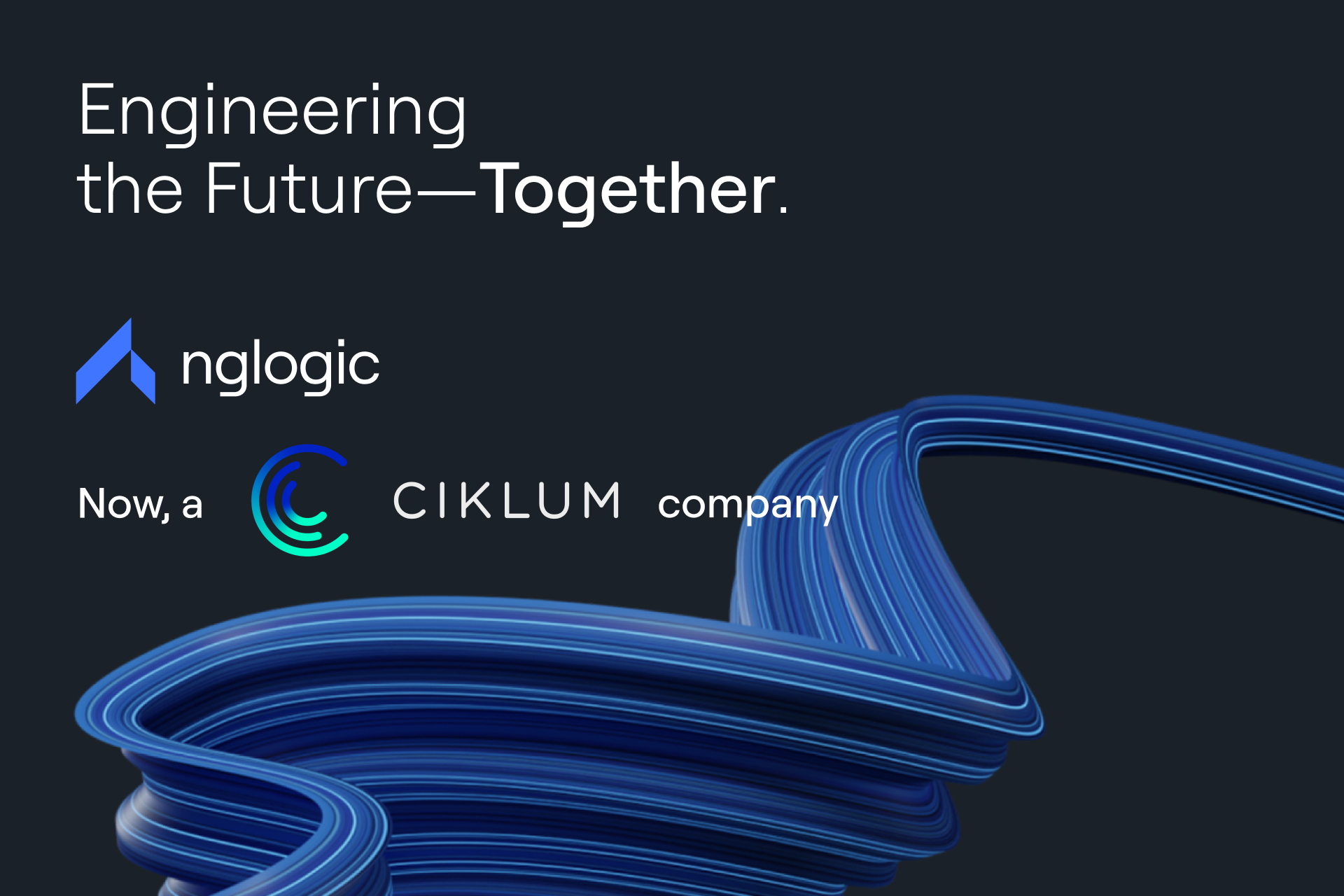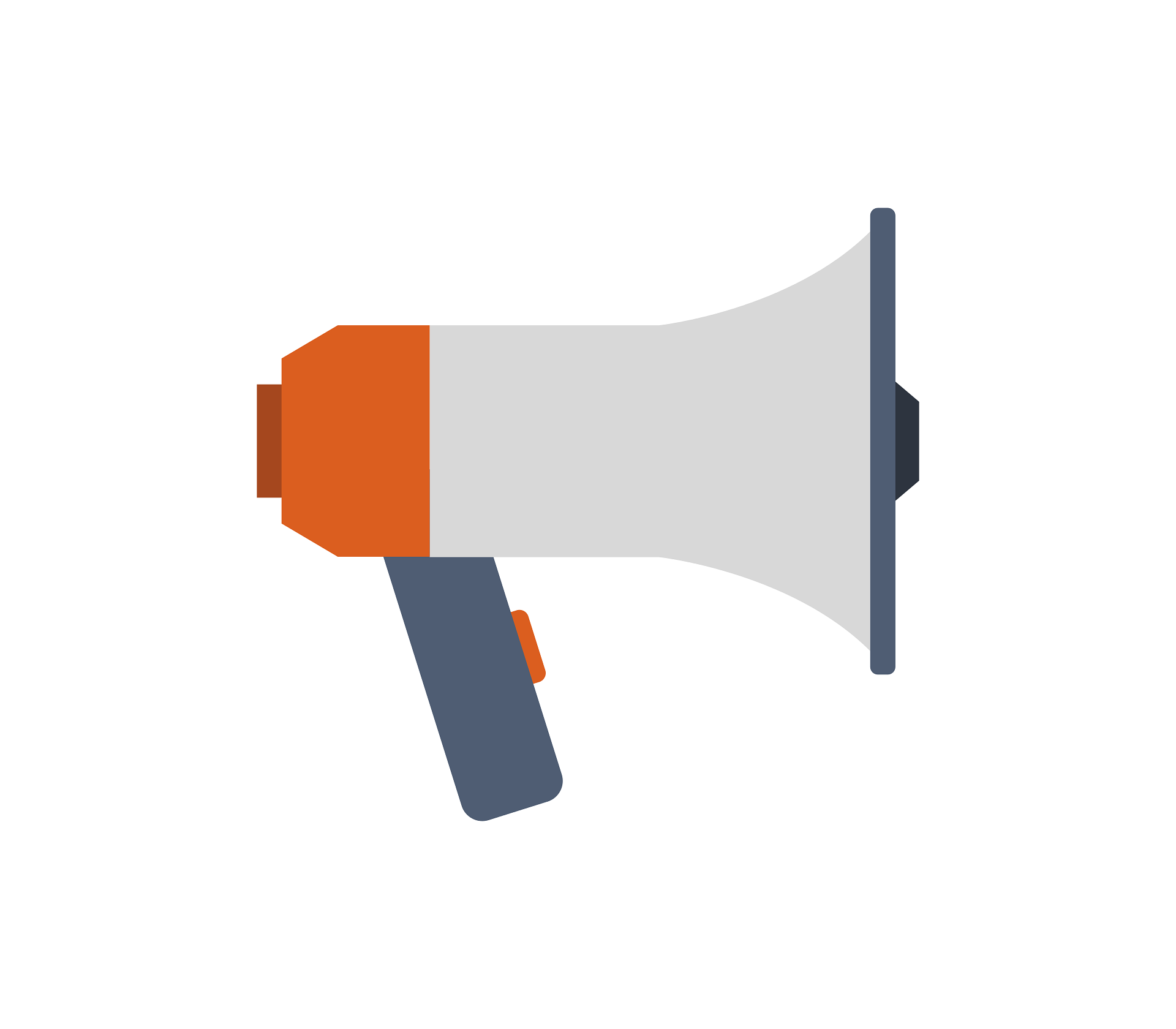IT nomenclature can be confusing for people who are not familiar with the industry. But even for the industry insiders, it can be challenging to keep track of all the different names and terms. There is a lot of confusion when it comes to the difference between Ruby and Ruby on Rails.
One of the main reasons for the confusion is that the two terms are often used interchangeably, when in fact they are quite different. Ruby on Rails is a web application framework written in Ruby, while Ruby is a programming language. Another reason for the confusion is that Ruby on Rails is often referred to simply as “Rails.” This is due to the fact that Rails is the most popular web application framework written in Ruby.
Overall, the main difference between Ruby and Ruby on Rails is that Ruby on Rails is a web application framework that is written in Ruby, while Ruby is a language.
Differences between a programming language and a framework (Ruby vs Ruby on Rails)
A framework is a type of library that provides APIs and other tools that make it easier to develop software in a given language. A language is a set of rules for how to write code in a particular syntax.
So, a framework is a tool that can be used to make development in a given language easier, while a language is the actual set of rules that govern how code is written.
Here is an example:
The Ruby on Rails framework is a tool that can be used to make development in Ruby easier. Ruby is the language that the Ruby on Rails framework is written in.
The Rails framework provides a set of tools and APIs that make it easier to develop web applications in Ruby. These tools include things like scaffolding, which can automatically generate some of the code for a new web application. Ruby on Rails also provides a model-view-controller (MVC) framework, which helps to organize code in a way that makes sense for web applications.
Without the Ruby on Rails framework, development in Ruby would be more difficult because you would have to write more code from scratch. With the Ruby on Rails framework, you can use the tools it provides to speed up development.
In short, a framework is a tool that can be used to make development in a given language easier, while a language is the actual set of rules that govern how code is written.
What is the Ruby programming language?

Ruby is a general-purpose, open-source programming language. It is characterized by a certain aesthetic philosophy and by the use of multiple programming paradigms. Ruby is a dynamic language with a focus on simplicity and productivity.
It features a beautiful syntax that is simple to read and write. Ruby is a flexible language that may be used for a variety of purposes, including developing desktop apps and websites. Ruby is an object-oriented language, meaning that it relies on objects and classes to structure code. This can make code more organized and easier to read and maintain. Ruby also has a number of features that make it well-suited for web development, such as a built-in web server, support for databases, and simple syntax.
Ruby is released under the Ruby License, a liberal license that allows for modification and redistribution. In other words, Ruby is open source, meaning that anyone can contribute to its development.
Advantages of Ruby
Simple syntax
Ruby is an object-oriented programming language. It means that everything in the Ruby programming language is an object. The advantage of this is that the code is elegant and easy to read. Additionally, it makes the development process much easier since it is more logical.
Secure programming language
Ruby is a secure programming language. Programs written in Ruby can withstand hacker attacks thanks to the built-in features and security measures. It all comes down to having built-in safeguards against the most common attacks on web applications, like XSS, CSRF, and SQL Injection.
Community
There is a large, friendly, and helpful community. For example, if you have any questions, you can go to Stack Overflow and ask the community for help. There are also many conferences and meetups around the world where developers can meet and share their knowledge.
Disadvantage of Ruby
Performance
One of the main disadvantages of Ruby is that it is slower than other programming languages. The reason for this is that it is interpreted and not compiled. Compiled languages such as C++ or C programming languages are executed before runtime and converted into machine code by a compiler. Interpreted scripting language such as Ruby is checked at runtime and the interpreter reads the Ruby language line by line as it is being executed.
Not scalable enough
Making web apps is Ruby’s natural domain. This is because of its great support for web development frameworks such as Ruby on Rails. However, the problem arises when you want to build desktop applications. Ruby is not a very good language for building desktop applications. There are some libraries and frameworks that allow you to build desktop applications in Ruby but they are not very good. The reason for this is that Ruby was not designed for building desktop applications. It was designed for making web applications.
There are some languages such as Java which are very good for building desktop applications. This is because they were designed for that purpose.
What is Ruby on Rails?

Ruby on Rails is a web application framework written in Ruby, a dynamic and object-oriented programming language. It is intended to make web application programming simpler by assuming that all developers have the prerequisites for getting started. Rails is released under the MIT License and is maintained by David Heinemeier Hansson.
Rails is known for its convention over configuration approach, which means that it relies on a set of default conventions to simplify development. This can make development more rapid, as developers don’t need to spend time configuring every aspect of an application. Rails also includes built-in support for testing, which makes it easy to test applications as they are developed. This can help to ensure that applications are bug-free and ready for production.
Rails is known for its ease of use and for the way it helps developers build websites quickly. It’s also known for its “convention over configuration” approach, which means that it relies on a set of standards that make development easier and more streamlined.
Overall, Ruby on Rails is a powerful and popular web development framework that can make development more rapid and enjoyable.
Advantages of Ruby on Rails
Ruby on Rails is a good choice for start-ups
If you want to create a start-up, then you should consider using Ruby on Rails. The reason is that it is very easy to create a prototype with this framework. This can be very helpful when you want to present your idea to potential investors. Additionally, Ruby on Rails is very popular among start-ups because the MVP (Minimal Viable Product) approach is connected with Ruby on Rails.
The plug-and-play web development framework
Ruby on Rails has everything needed to develop a database-backed web application with the model view controller architecture. This means that you do not have to write a lot of code from scratch. There are also a lot of libraries, which are called gems, that can be used in order to add new features to your web application. For example, if you want to add a blog to your website, then you can use the Ruby on Rails blog gem. This gem will provide you with all the necessary code in order to create a blog.
Continuously improved
Ruby on Rails is open source and continuously improved by the community. This means that software engineers create new gems that add new features to Ruby on Rails.
Disadvantages of Ruby on Rails
Ruby on Rails is not so fast
Since the Ruby on Rails framework is written in an object-oriented scripting language – Ruby, it cannot be as fast as other programming languages that are compiled, such as C programming language.
Ruby on Rails can be difficult to scale
Scaling a Ruby on Rails application can be difficult and costly. Ruby on Rails was not designed to be easily scalable and this can be a big problem for large applications. If you need to scale your Rails application, you will need to do a lot of extra work to make it happen.
Ruby vs Ruby on Rails Real-Life Use Cases
Both the Ruby and Ruby on Rails are used pretty commonly when building web applications, but one will be better for different projects than the other. That’s why various companies can use one (or both!) for various implementations, making Ruby vs Ruby on Rails a showdown that doesn’t always have a clear winner.
A big Ruby user is payment provider Stripe, where Ruby is used for backend services. Ruby’s flexibility helps them build APIs, and handle their payments easily. Patrick Collison, one of Stripe’s founders has said that he considered Ruby vital to the creation of the website, particularly during their initial start-up phase. While the web app now includes other scripting languages, the foundation of Stripe’s software development was placed in Ruby.
SketchUp are another company that are big fans of Ruby, using it as a driving force for their API that allows users to create custom tools, extensions, and scripts for their 3D modeling software. This use has created a big community around the app, helping their business grow
For Ruby on Rails, one of the big users is actually GitHub, where ironically much of the world’s Ruby code is located. Their team has often pointed to the flexibility and simplicity of the Rails syntax, allowing them to grow their website into the industry giant it is today.
Another industry giant using Ruby on Rails is Shopify. This e-commerce web app built its incredibly complex backend using the Rails web framework. Tobias Lütke, the founder and CEO of Shopify started as a Rails developer and has contributed massively to the open-source community, being one of the earliest members of the Rails core team. With its high development speed, Rails has helped his company become the top dog in the e-commerce world.
Concluding with key differences between Ruby and Ruby on Rails
- Ruby on Rails is a full-stack web application framework while Ruby is a general-purpose programming language. This means that Ruby on Rails includes everything needed to create a web application, while Ruby can be used for other purposes such as creating command line applications or desktop applications.
- Ruby on Rails is much more opinionated than Ruby, meaning that it has a set of conventions and standards that are to be followed. This can make development in Ruby on Rails faster, but it can also be seen as a limitation.
- Ruby on Rails uses ActiveRecord to access databases while Ruby does not have a built-in way to access databases. This means that Ruby on Rails developers do not need to write SQL code, while Ruby developers would need to write SQL code or use a library to access databases.
- Ruby on Rails has a built-in testing framework while Ruby does not. This means that Ruby on Rails developers can write tests for their applications more easily than Ruby developers.













 +1 (888)
413 3806
+1 (888)
413 3806